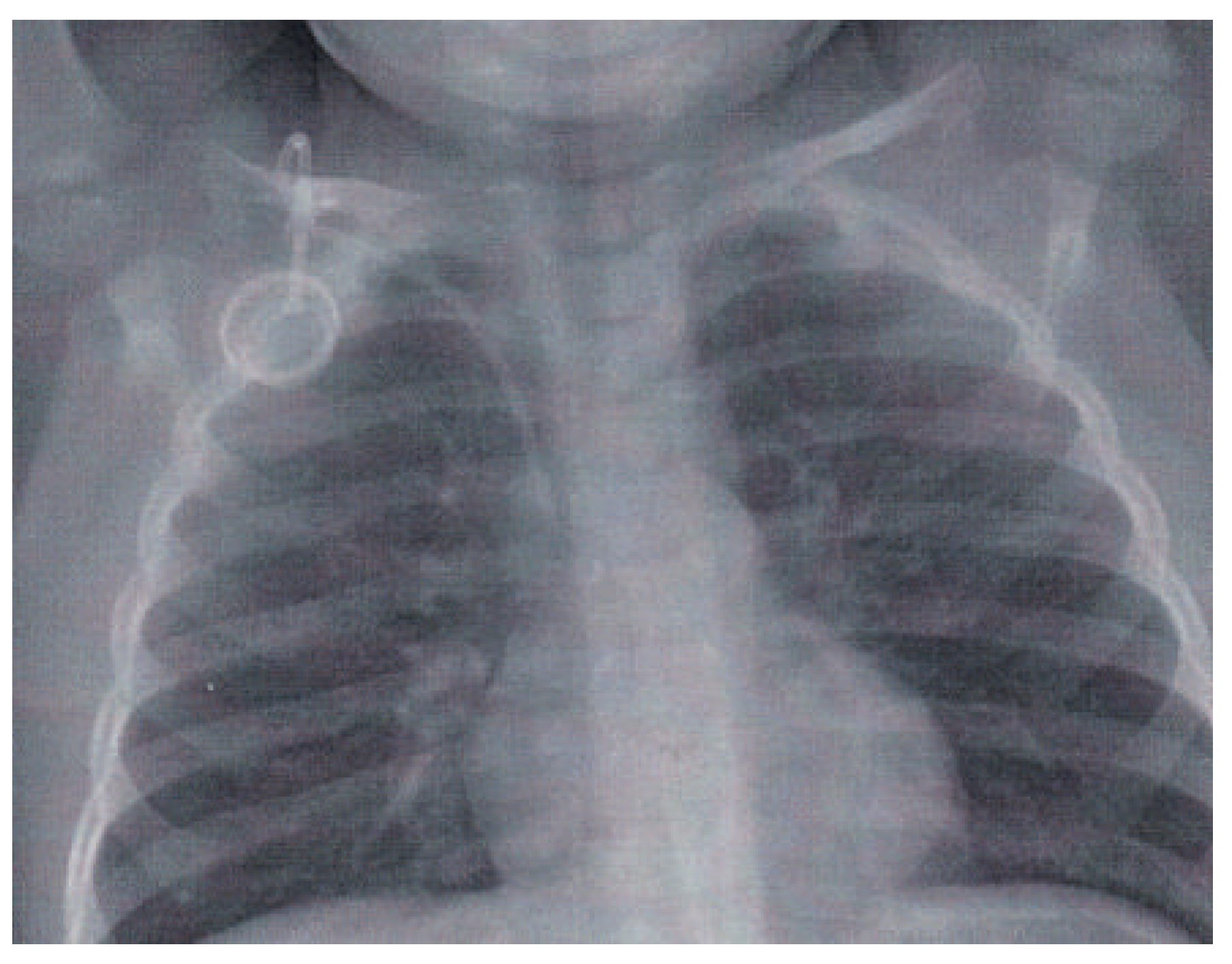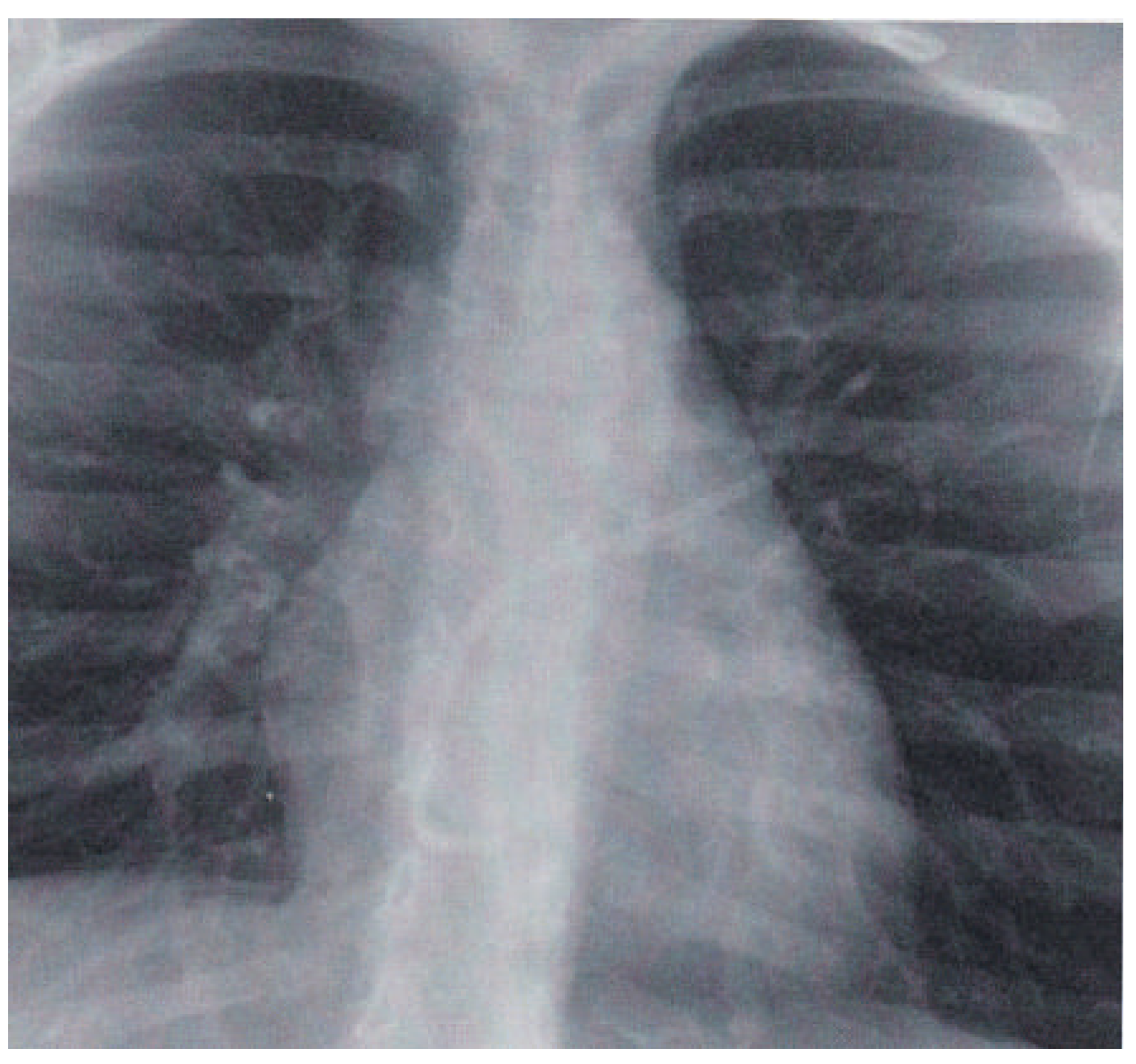A Patent Foramen Ovale May Be Dangerous ... Even in Childhood
Disclosure Statement


© 2016 by the author. Attribution - Non-Commercial - NoDerivatives 4.0.
Share and Cite
Pfammatter, J.-P.; Meier, B. A Patent Foramen Ovale May Be Dangerous ... Even in Childhood. Cardiovasc. Med. 2016, 19, 136. https://doi.org/10.4414/cvm.2016.00402
Pfammatter J-P, Meier B. A Patent Foramen Ovale May Be Dangerous ... Even in Childhood. Cardiovascular Medicine. 2016; 19(4):136. https://doi.org/10.4414/cvm.2016.00402
Chicago/Turabian StylePfammatter, Jean-Pierre, and Bernhard Meier. 2016. "A Patent Foramen Ovale May Be Dangerous ... Even in Childhood" Cardiovascular Medicine 19, no. 4: 136. https://doi.org/10.4414/cvm.2016.00402
APA StylePfammatter, J.-P., & Meier, B. (2016). A Patent Foramen Ovale May Be Dangerous ... Even in Childhood. Cardiovascular Medicine, 19(4), 136. https://doi.org/10.4414/cvm.2016.00402



